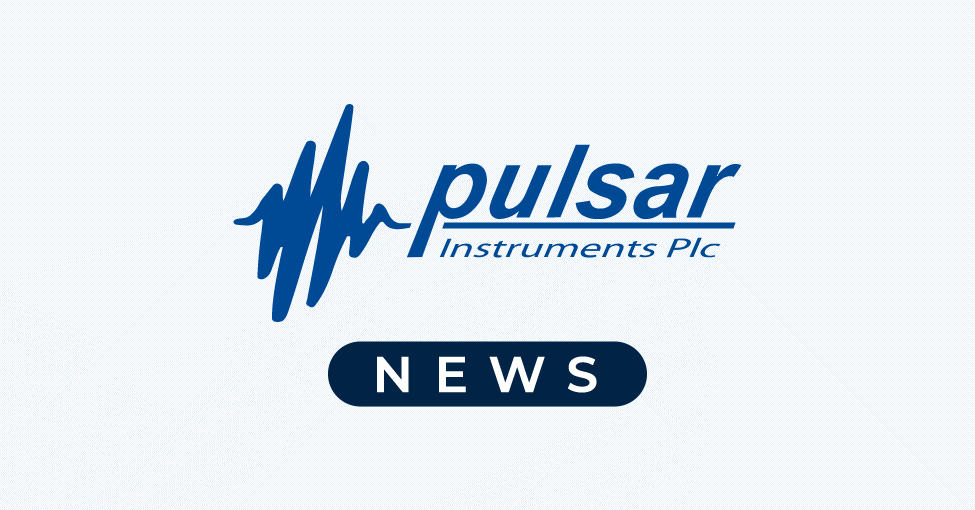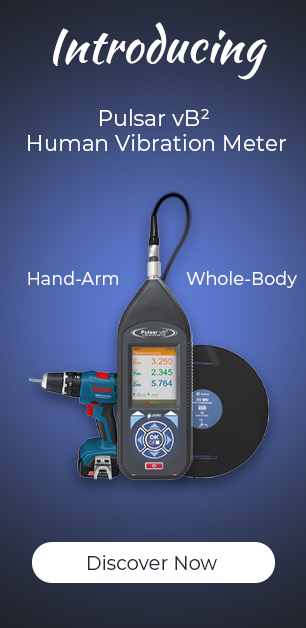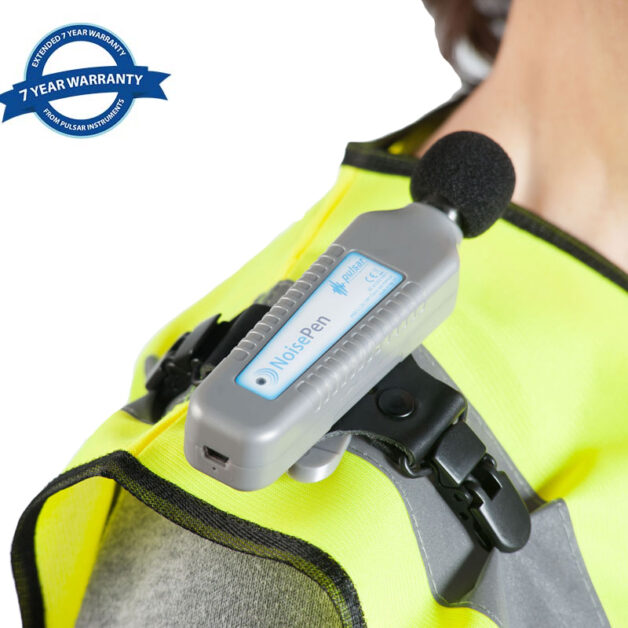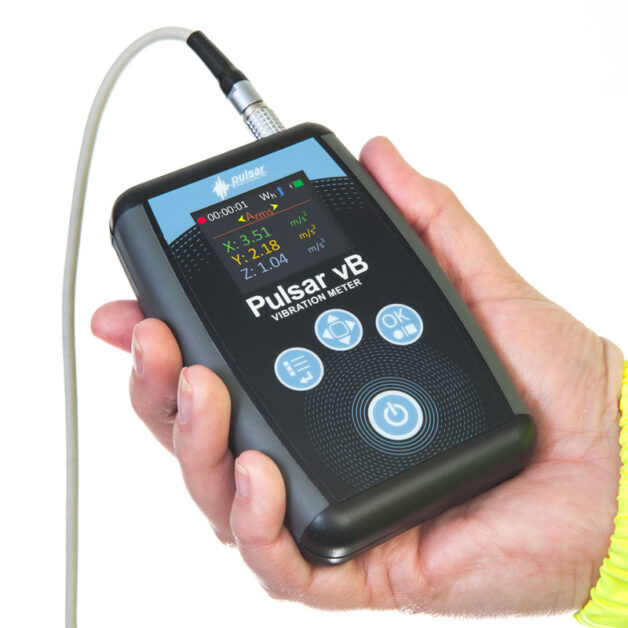Overcoming the Problems Associated with Construction Noise Monitoring and Control
According to HSE noise statistics, the construction industry remains one of the worst offenders when it comes to occupational hearing loss claims. While it may be disappointing, it should not come as a huge surprise that the incidence of noise-induced hearing loss in construction is so high when compared to that in other industries. Several factors make construction noise levels extremely different to monitor and control, so while companies and health and safety professionals might think they are doing enough to protect workers’ hearing, in actual fact they are not.
Here are some of the factors that make the prevention of noise-induced hearing loss in construction a bit of a minefield:
- Many construction sites are outdoors and tradesmen’s working environments are constantly changing, causing a great deal of variation in the level and intensity of the noise
- The work is often seasonal and individuals’ roles and shift patterns can vary greatly
- Several tools and pieces of heavy equipment are frequently in use at the same time
- The noise is not always continuous, but often consists of a series of loud, brief sounds
- It is usually recommended that noise is controlled at its source, but this is not always practicable given that many companies hire out their equipment
Unless you account for all these factors, you cannot be sure that you are monitoring workers’ noise exposure to the required level of precision. This post gives a few tips to help you get around common problems such as these when taking steps to prevent noise-induced hearing loss in construction.
How to Prevent Noise-Induced Hearing Loss in Construction Workers
In order to comply with the noise regulations, you need to monitor noise levels using an industry-approved decibel meter. However, for the reasons outlined above, handheld noise monitoring devices are not always the best solution in practice. If you are looking to monitor workers’ exposure throughout the day but their roles involve a lot of movement from one location to the next, a clip-on noise dosimeter is a more practicable option.
In addition, you could monitor the noise emitted during each individual task to get a clearer idea of exactly what it is that’s causing the damage if anything. Ideally, this data should be used to reduce the noise intensity at source or, if this is not possible, select appropriate hearing protection.
Most industries seek to implement measures of control as a preferable measure to hearing protection. Where possible, noisy tools, plant and equipment (e.g. old / pneumatic power tools) should be replaced with quieter models (e.g. new / electric ones). However, since many companies hire equipment or use subcontractors that bring along their own, this is not always possible. It is also difficult to design sound dampening kits for equipment used in construction, and few such solutions exist. Some noisy processes and machines might be isolated by means of sound barriers if possible.
However, the most effective way to protect against hearing loss is most often through meticulous site management. Where possible, noisy activities should be avoided, carried out in short bursts, rotated around the workforce and/or scheduled for when few workers are present. Hazardous areas and equipment should be clearly demarcated with posters explaining the type of hearing protection required. In addition, several options for hearing protection should be offered so that workers can select the one that they find most comfortable.
You should ensure that workers are fully aware of the danger of noise-induced hearing loss. Initial training should be provided for new staff upon induction to the company, with annual refresher training thereafter. Avoid showing them that same dated video year in, year out; instead, try to keep it current with real-life stories and news items if possible, and run a quiz afterwards to make sure they have taken in and retained all the necessary information.
Often, all it takes is a bit of rust to turn a mechanical whirr into an ear-splitting din. Protective measures should thus be reviewed on an annual basis to ensure that they are consistent with the regulations. Annual hearing tests should also be implemented so that any problems can be detected and addressed before they can cause any further damage.
If you or your company requires professional monitoring solutions to help prevent hearing loss in construction, Pulsar Instruments can help. We have a wide range of compliant noise meters and associated equipment to suit virtually every workplace application, including construction. Contact us for more information and advice




